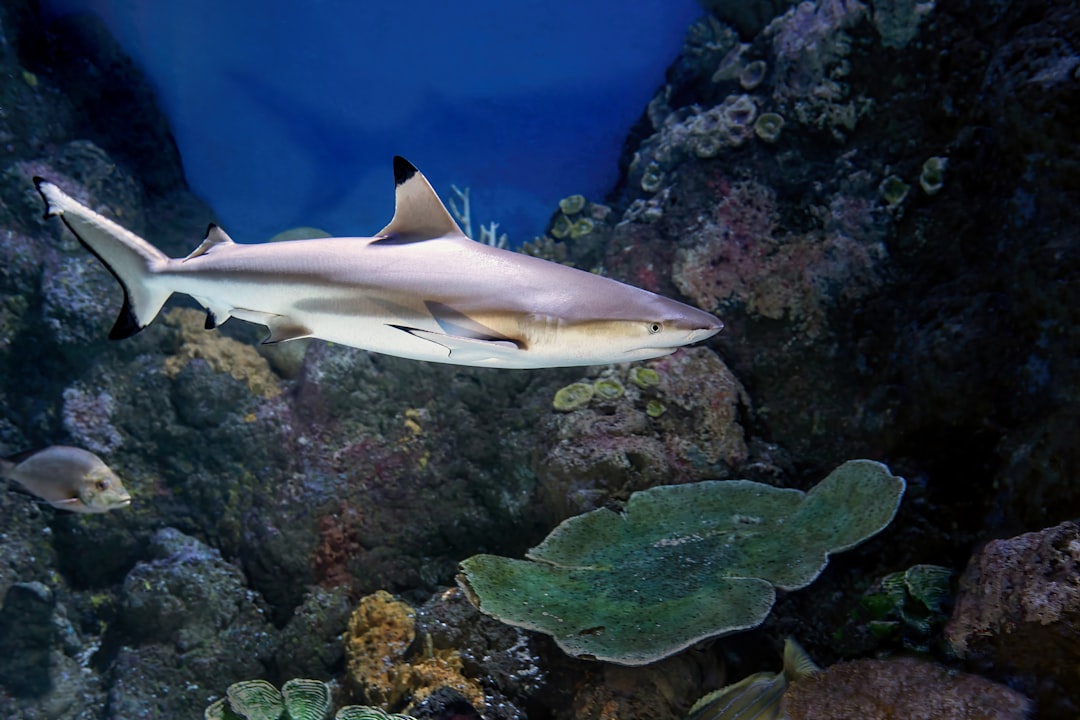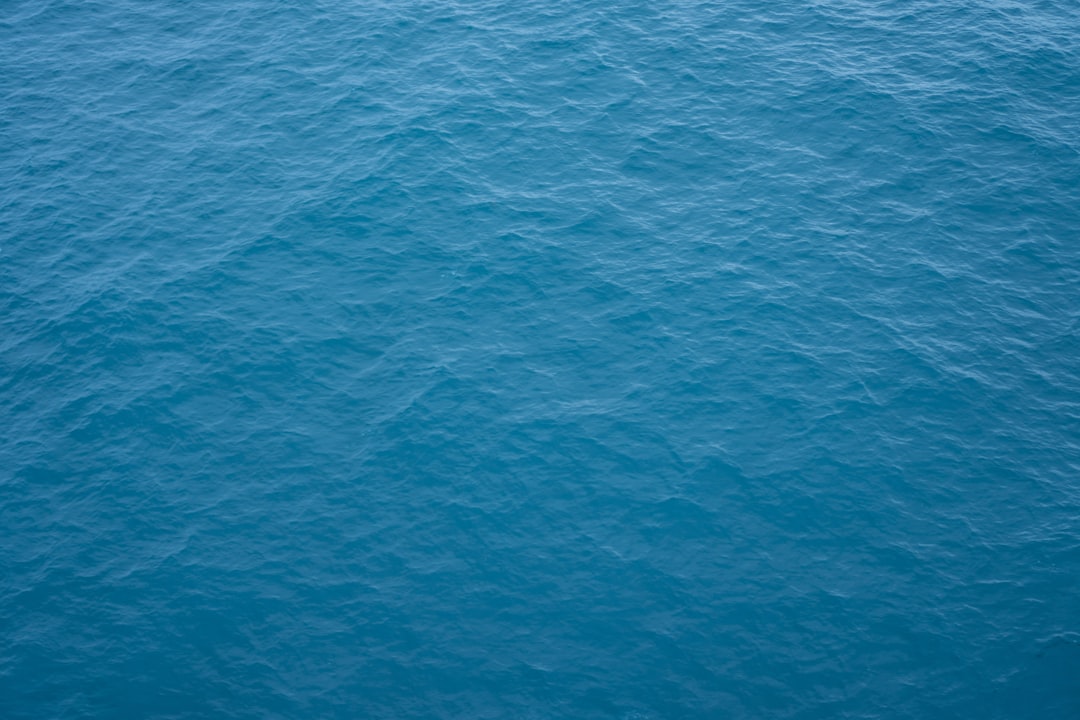What is it about?
In the present study, rearing experiments were conducted to examine the morphological characteristics and the stage-dependent variation in the specific gravity of Pacific cod eggs over the course of their developmental period. The time course data of the embryonic development, the easily observed diagnostic embryonic characteristics, and the morphological variations of the envelope and the micropyle in the Pacific cod eggs using light and scanning electron microscope (SEM) were elucidate. In addition, the changes in the specific gravity of Pacific cod during its long incubation period and the mechanism of egg specific gravity variation with egg diameter were also conveyed.
Featured Image
Why is it important?
These results will provide basic knowledge that may help in elucidating the early life history of Pacific cod.
Perspectives
In the present study, laboratory-validated data on the development, hatching, and survival responses of fertilized Pacific cod egg of the northern Japan stock exposed to varying temperature treatments were conveyed through an incubator experiment. In addition, these laboratory-validated data has been discussed in the context of interdependent biological responses to environmental changes through the development. All these will contribute to predict potential responses to future aspects of climate change and understand the processes leading to the recruitment variability to Pacific cod of the northern Japan stock.We believe that the findings of this manuscript will make it interesting to general readers.
Dr Xiaodong Bian
Yellow Sea Fishery Research Institue Chinese Academy of Fishery Science
Read the Original
This page is a summary of: Envelope surface ultrastructure and specific gravity of artificially fertilized Pacific codGadus macrocephaluseggs, Journal of Fish Biology, January 2014, Wiley,
DOI: 10.1111/jfb.12292.
You can read the full text:
Contributors
The following have contributed to this page










